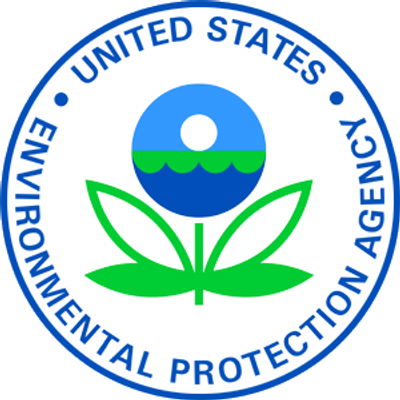 WASHINGTON, DC -- The U.S. Environmental Protection Agency (EPA) posted a pre-publication version of the final Worker Protection Standards (WPS) yesterday and held a multi-agency press conference call to share details. On the call, EPA Administrator Gina McCarthy stated that the rule raised the age of non-family members applying agricultural pesticides from 16 to 18; moved training from every five years to annual; expanded training to include items such as how to not take pesticides home from work; required new recordkeeping to be held for two years; and required farms to follow OSHA standards for fit testing of masks and keeping of medical records. WASHINGTON, DC -- The U.S. Environmental Protection Agency (EPA) posted a pre-publication version of the final Worker Protection Standards (WPS) yesterday and held a multi-agency press conference call to share details. On the call, EPA Administrator Gina McCarthy stated that the rule raised the age of non-family members applying agricultural pesticides from 16 to 18; moved training from every five years to annual; expanded training to include items such as how to not take pesticides home from work; required new recordkeeping to be held for two years; and required farms to follow OSHA standards for fit testing of masks and keeping of medical records.
McCarthy said the rule is allied with Environmental Justice concerns to protect minority farmworkers.
According to McCarthy, these and other requirements will cost farm owners about $400 per year. McCarthy then thanked federal partners the U.S. Department of Agriculture, who worked on the rule, and the Department of Justice which EPA will collaborate with in the future. USA Rice submitted 10 pages of comments early in the process that focused on contradictory statements in the rule, issues of apparent privacy violations, a lack of understanding of rural areas, and availability of immediate healthcare facilities, and grossly understated costs of the rule to farm owners.
In her only nod to public comments, McCarthy stated that pesticide warning signs were not being changed as proposed, thanks to comments from farmworker advocacy groups who liked the current signs.
Department of Labor (DOL) Secretary Thomas Perez echoed the work with EPA and other federal partners on "this law enforcement" issue, citing the need for a safe working environment, justice, and good housing for farm workers and stated that DOL will play an aggressive role in this process with the agricultural community. He noted the rule also contains a robust anti-retaliation program that aligns with OSHA requirements.
Perez handed the call off to Arturo Rodriguez, president of the United Farm Workers who cited their past work in protecting farm workers from pesticides and lauded the whistleblower protections in the new rule.
The rule is not yet published in the Federal Register but will go into effect 60 days after publication. Deadline for compliance with the rule will be sometime in the winter of 2016-17. USA Rice staff will continue to analyze the rule for its impact on rice.
|